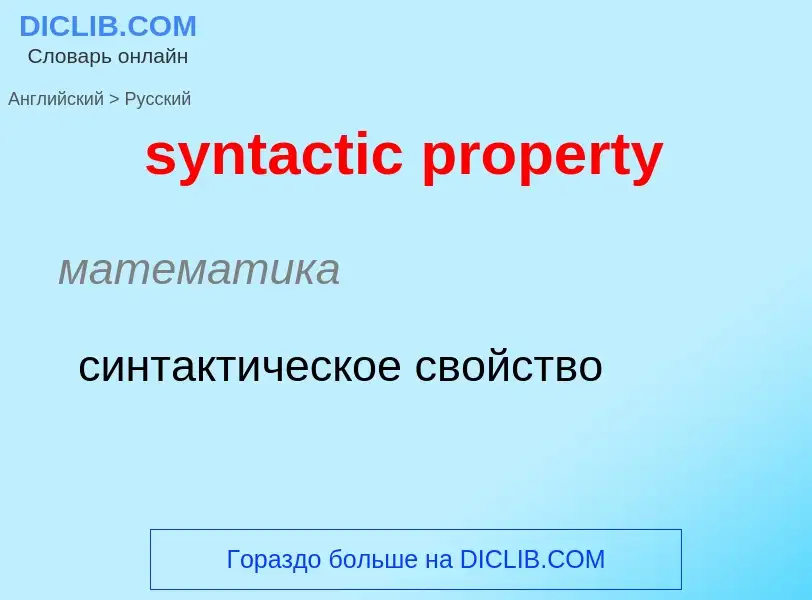Tradução e análise de palavras por inteligência artificial ChatGPT
Nesta página você pode obter uma análise detalhada de uma palavra ou frase, produzida usando a melhor tecnologia de inteligência artificial até o momento:
- como a palavra é usada
- frequência de uso
- é usado com mais frequência na fala oral ou escrita
- opções de tradução de palavras
- exemplos de uso (várias frases com tradução)
- etimologia
syntactic property - tradução para russo
математика
синтактическое свойство
Definição
Wikipédia
Syntactic foams are composite materials synthesized by filling a metal, polymer, or ceramic matrix with hollow spheres called microballoons or cenospheres or non-hollow spheres (e.g. perlite). In this context, "syntactic" means "put together." The presence of hollow particles results in lower density, higher specific strength (strength divided by density), lower coefficient of thermal expansion, and, in some cases, radar or sonar transparency. A manufacturing method for low density syntactic foams is based on the principle of buoyancy.
The term was originally coined by the Bakelite Company, in 1955, for their lightweight composites made of hollow phenolic microspheres bonded to a matrix of phenolic, epoxy, or polyester.
Tailorability is one of the biggest advantages of these materials. The matrix material can be selected from almost any metal, polymer, or ceramic. Microballoons are available in a variety of sizes and materials, including glass microspheres, cenospheres, carbon, and polymers. The most widely used and studied foams are glass microspheres (in epoxy or polymers), and cenospheres or ceramics (in aluminium). One can change the volume fraction of microballoons or use microballoons of different effective density, the latter depending on the average ratio between the inner and outer radii of the microballoons.
The compressive properties of syntactic foams, in most cases, strongly depend on the properties of microballoons. In general, the compressive strength of the material is proportional to its density.
The matrix material has more influence on the tensile properties. Tensile strength may be highly improved by a chemical surface treatment of the particles, such as silanization, which allows the formation of strong bonds between glass particles and epoxy matrix. Addition of fibrous materials can also increase the tensile strength.
Cementitious syntactic foams have also been investigated as a potential lightweight structural composite material. These materials include glass microspheres dispersed in a cement paste matrix to achieve a closed cell foam structure, instead of a metallic or a polymeric matrix. The resulting composites are reported to achieve compressive strength values larger than 30 MPa while maintaining densities lower than 1.2 g/cm3. Though the cementitious syntactic foams demonstrate superior specific strength values in comparison to most conventional cementitious materials, it is challenging to manufacture them. Generally, the hollow inclusions tend to buoy and segregate in the low shear strength and high-density fresh cement paste. Therefore, maintaining a uniform microstructure across the material must be achieved through a strict control of the composite rheology. In addition, certain glass types of microspheres may lead to an alkali silica reaction. Therefore, the adverse effects of this reaction must be considered and addressed to ensure the long-term durability of these composites. Cementitious syntactic foams have also been tested for their mechanical performance under high strain rate loading conditions to evaluate their energy dissipation capacity in crash cushions, blast walls, etc. Under these loading conditions, the glass microspheres of the cementitious syntactic foams did not show progressive crushing. Ultimately, unlike the polymeric and metallic syntactic foams, they did not emerge as suitable materials for energy dissipation applications.

![oceanographic mooring]]. oceanographic mooring]].](https://commons.wikimedia.org/wiki/Special:FilePath/Syntactic foam sphere.jpg?width=200)
.jpg?width=200)
